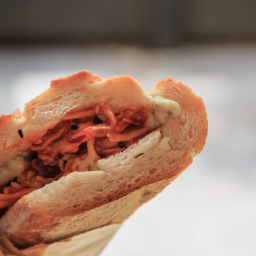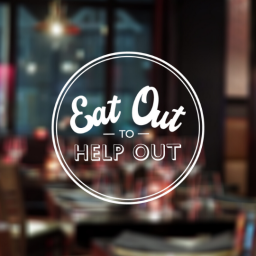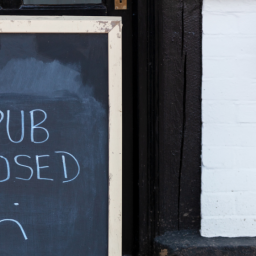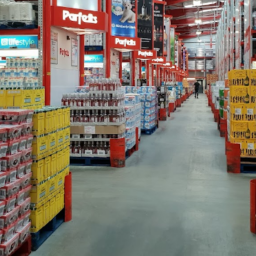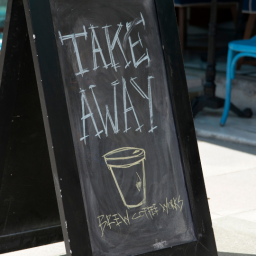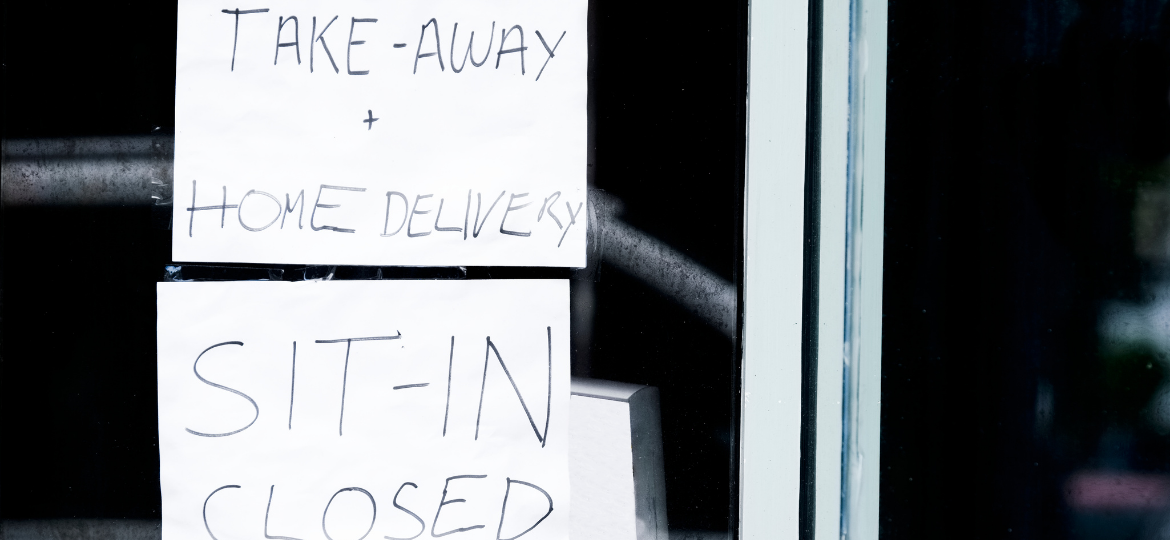
As the UK heads back into lockdown for a second time, we consider the likely impact on food shopping and consumption behaviour, reflecting on the key trends of lockdown one.
Increased shopping online for groceries
Whilst there has been less strict advice for swathes of the population to ‘shield’, there will be many people keen to avoid going out to busy shops, as well as those wishing to plan ahead and secure grocery delivery slots given this became such a race in the first lockdown. Penetration of online grocery increased to 4 in 10 shoppers in April 2020, compared to just 3 in 10 in February 2019 and we predicted that grocery delivery would be a legacy behaviour coming out of the pandemic.
How will it be different?
Through the spring and summer, many grocers significantly increased their online grocery capacity – Tesco for example more than doubled the number of delivery slots to more than 1.5 million a week. Greater capacity should mean there are enough slots to go around, although if panic buying sets in again then demand could well outpace even this increased supply.
Stockpiling
At the beginning of the first lockdown, shoppers were regularly faced with empty shelves and panic buying set in. The ‘stockpiling’ mission became a significant feature of shopping in supermarkets and online, accounting for 11% and 17% of shopper missions to these channels respectively in March 2020.
How will it be different?
Over the summer, the stockpiling mission fell back to single digits, but we are seeing it creep back up again, particularly online, where it reached 14% in w/c 19th October. The level of stockpiling will be led by consumer fear of out of stocks and therefore the grocers – as well as the UK government – are sending a clear message that there will be enough food to go around provided the public shops sensibly, with some grocers already implementing limits on the number of items shoppers can buy in certain categories.
Foodservice delivery increases share of stomach
After a slow start, foodservice delivery picked up pace throughout the first lockdown. Initially there was limited supply as most major operators closed their doors completely and many smaller foodservice operations didn’t have delivery capability. Over the months that followed, supply returned to the market with an increasing number of operators offering delivery, takeaway and drive thru services – ahead of the reopening of dine-in at the beginning of July. As a result of this additional capacity – and strong demand from consumers who were seemingly bored of home cooking – we saw delivery usage increase from an average of one meal a month (pre-pandemic) to around five (with a strong bias towards younger consumers).
How will it be different?
Now that restaurants, pubs and cafes have established operating procedures taking account of social distancing and other safety restrictions, many more operators are able to continue to trade through the second lockdown. Due to the shutdown of most of hospitality, delivery & takeaway will be a valuable lifeline for these businesses. Hence, we do not expect the reduction in supply that was seen in March, with the likes of McDonalds already announcing that they will continue to operate their takeaway, drive thru and delivery services throughout November. An exciting development for Lumina Intelligence is that we are now covering delivery, takeaway and click & collect, in addition to on-premise and on the go food & drink consumption occasions through our Eating & Drinking Out Panel. For more information on these enhancements, please click here.
Continued scratch cooking
Over a third of consumers reported that they were cooking from scratch more in April 2020 – arguably no surprise with the hospitality industry largely shuttered and more time to spare with over two-thirds of UK adults working from home at that time.
How will it be different?
We identified scratch cooking as another legacy from the pandemic, with an increasing proportion of households upskilled in this area, as well as the economic benefits of eating in. Certainly, intentions were positive, with 37% of consumers saying that they planned to scratch cook more post lockdown. We have no evidence to suggest this has changed – with hospitality outlets closed for dine-in, there are limited options (besides delivery of course) and with consumer confidence in further decline, consumers will be managing their budgets closely.
Whilst no-one welcomes another national lockdown, there are slightly fewer restrictions this time, plus we are facing into it from a ‘new normal’ that is very different to March (when lockdowns were an alien concept). With much of the country already in local lockdowns, plus limited socialising and mixing, means that lockdown two is less hard to accept. From our research it’s clear that when it comes to food and drink, many of us haven’t fully returned to our old ways: scratch cooking, online grocery shopping and delivery as an occasional treat will remain key behaviours. Let’s hope we don’t have to add panic buying and consequent out of stocks to that list.
Eating & Drinking Out Panel
Understand consumer behaviour, trends, drivers of change and key perceptions across all UK eating and drinking out channels.


